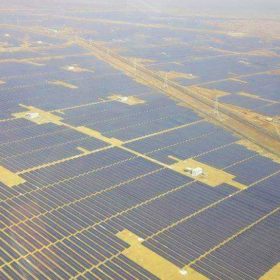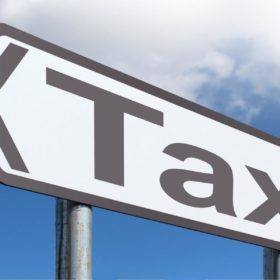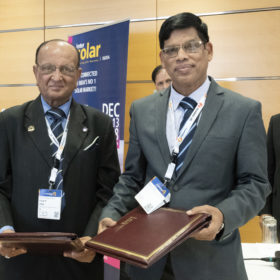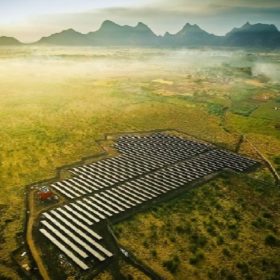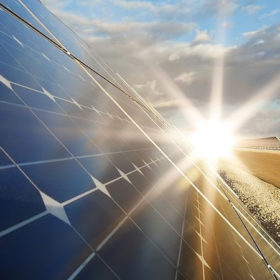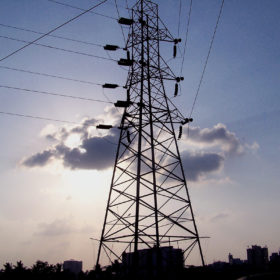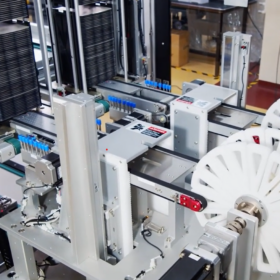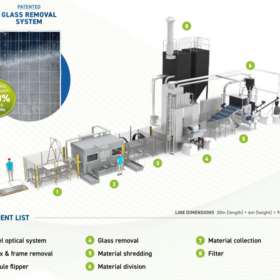Andhra Pradesh targets 5 GW of solar under new policy
Under the new Solar Policy 2018 announced on Thursday, Andhra Pradesh has set a minimum target of 5 GW of newly installed PV power capacity over the next five years.
Solar industry demands uniform 5% GST
With the Goods & Services Tax (GST) Council’s new recommendation of a concessional 5% GST on just 70% of the gross value of contracts coming into effect yesterday, the government and solar developers have again locked horns over taxation norms.
GSC wants 1 billion mini-grids, 10 million solar jobs
“One billion mini-grids, one billion home lighting systems, one billion solar PV ports, 10 million jobs and energy for all have-nots around the world. This is the primary dream of the Global Solar Council (GSC) and we shall achieve this by 2030,” Pranav R Mehta, who took over as Chairman of Global Solar Council today, told pv magazine in an exclusive interview.
The year of failed tenders
Tariff ceilings, safeguard duties, a falling rupee and mandated manufacturing capacity turned 2018 into a year of annulled tenders, and no shows by bidders.
2018: A bumpy Indian solar ride
2018 has been a volatile year for the Indian solar industry, with several hits and misses. They include the government yo-yoing over safeguard duties, annulled tenders, confusion over Goods & Services Tax (GST), record installation figures, yet predictions that the country will not meet its ambitious target of achieving 100 GW solar capacity by 2022.
14 PV trends for 2019
Having reflected on the year gone by, it is time to turn attention to the coming year. Many predictions may not fully, or even partially, bear the fruit they promise – and the unexpected is always lurking in the background – however they can be a useful indicator of certain pathways and growth areas. With this in mind, the pv magazine team has compiled a list of the top 14 solar PV and energy storage trends expected to characterize 2019. What do you think? Have we missed anything?
Emami demerges cement unit, consolidates solar business
Kolkata based Emami Group has transferred the solar power division of its cement unit to Emami Power, which aims to build over 300 MW of solar power capacity over the next three years.
2019 PV installations to hit 123 GW, global balance shifting, says IHS
More predictions from IHS Markit reveal that 123 GW of solar PV installations are expected in 2019 – up 18% on the capacity additions expected this year. It also sees a market shift away from China, with two thirds of capacity located elsewhere. The overcapacity situation is also expected to ease.
Haryana: the argument for a rollback of solar incentives
The state has withdrawn its transmission charges waiver for solar projects bigger than 500 MW in capacity. While unhappy developers are protesting, industry experts deem it sensible for the government to apply a limit to – and possibly plan a phased withdrawal of – incentives for the solar sector.
The long read: Materials matter
As problems with component failure have already laid bare, there is a clear need for contract clarity at every stage of a PV project, from material and component sourcing to power purchase and operations agreements. Here, pv magazine investigates a little covered issue for module buyers, which could threaten insurance coverage and the overall success of a project further down the line.
